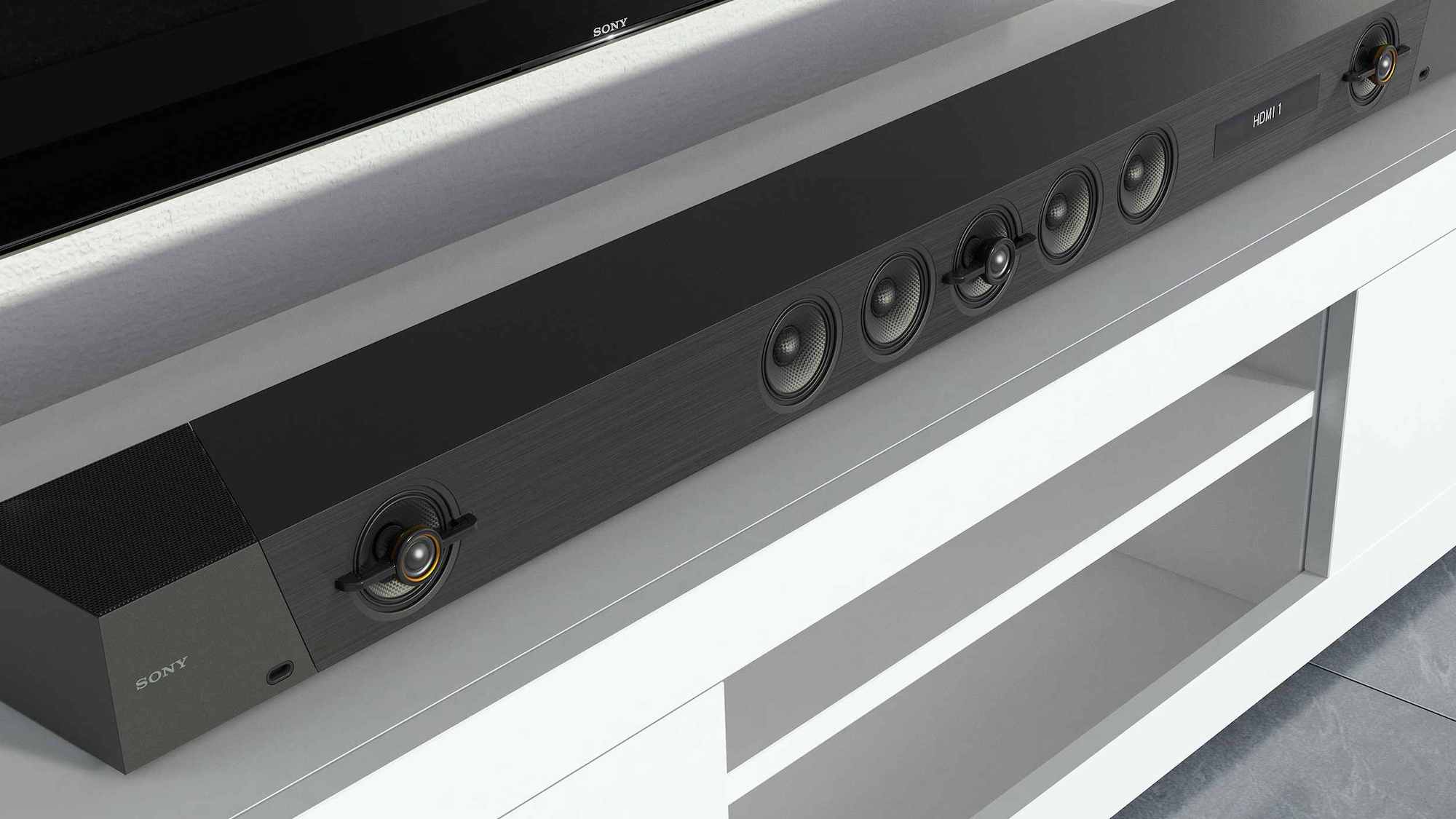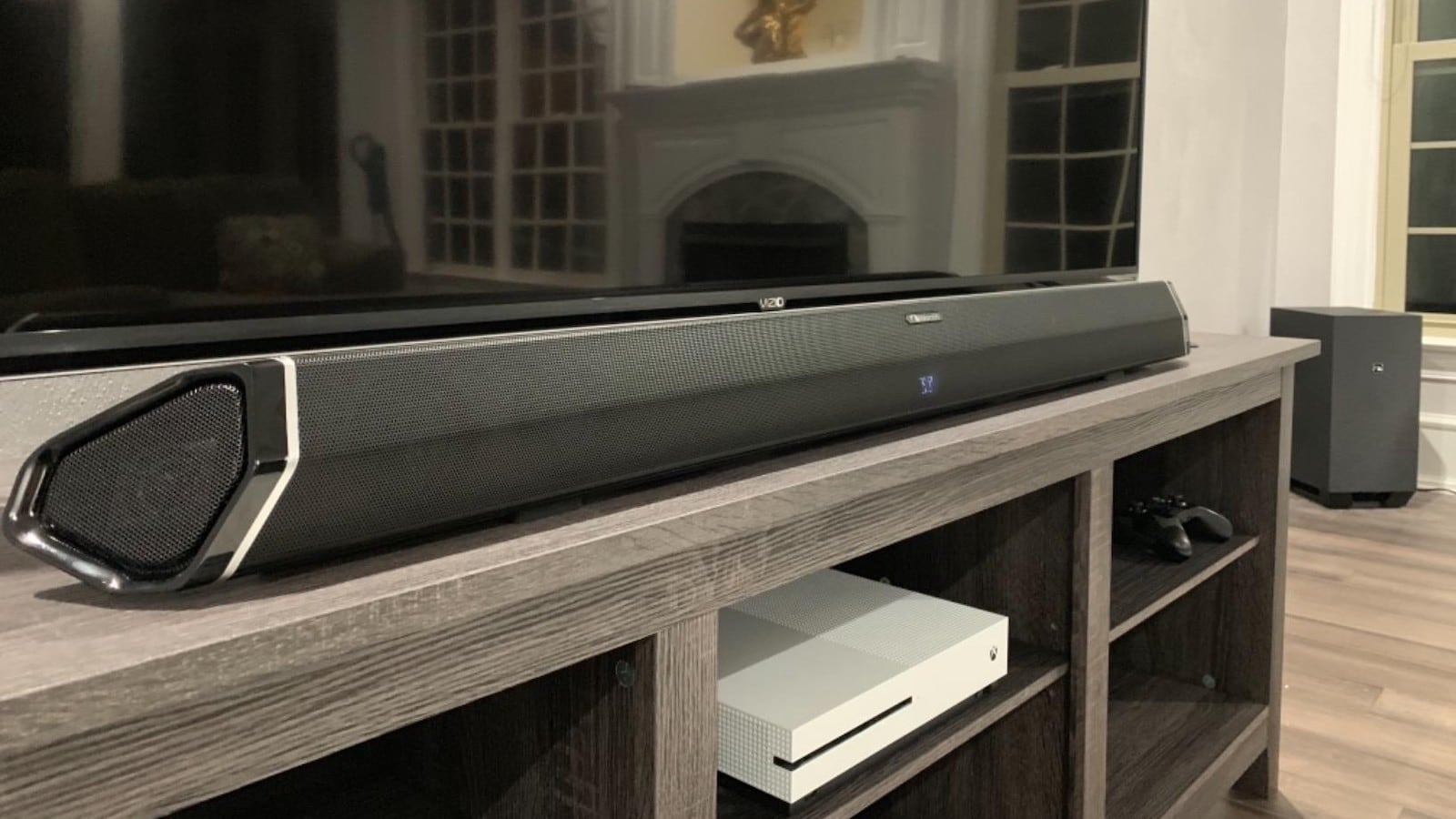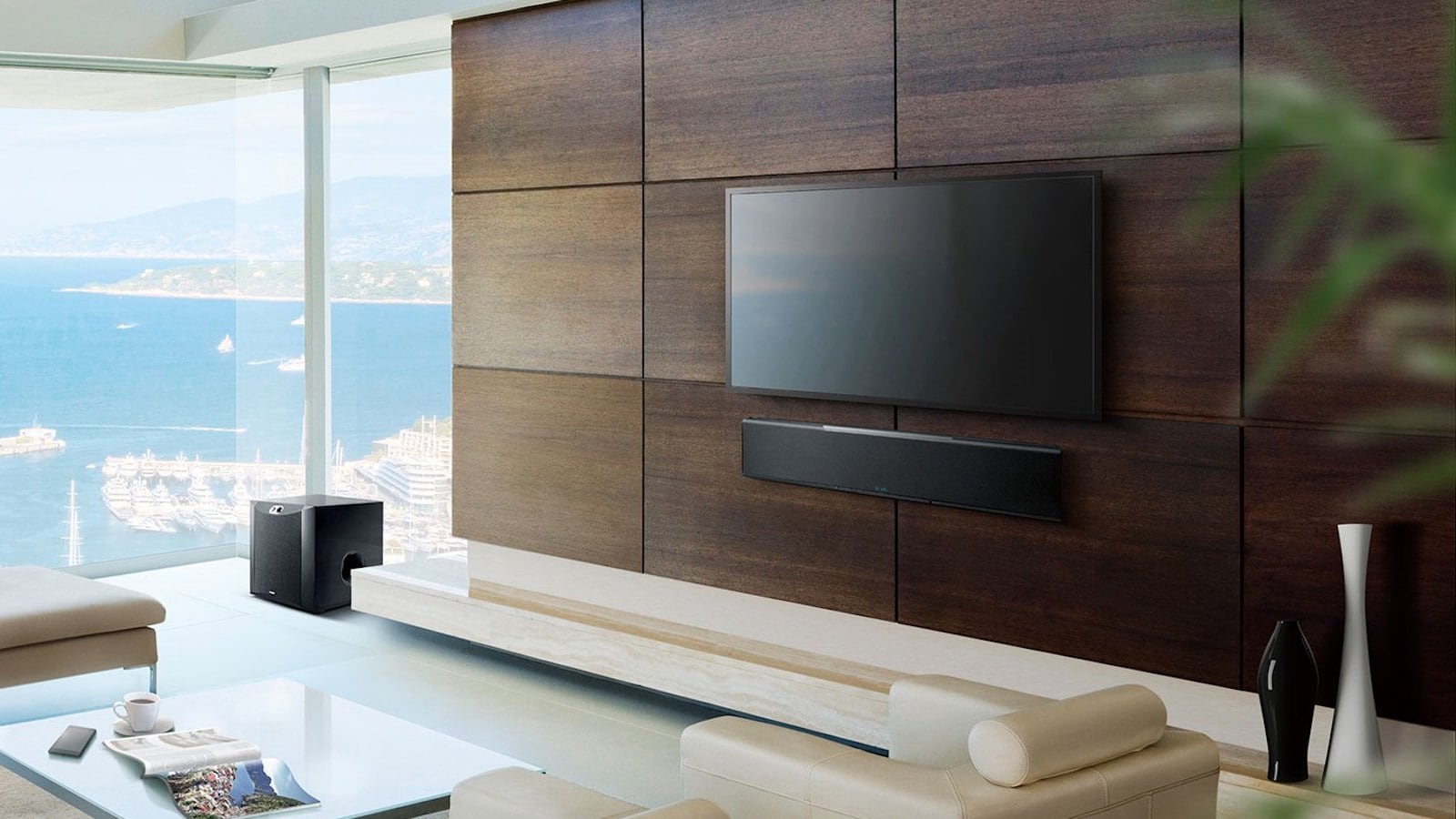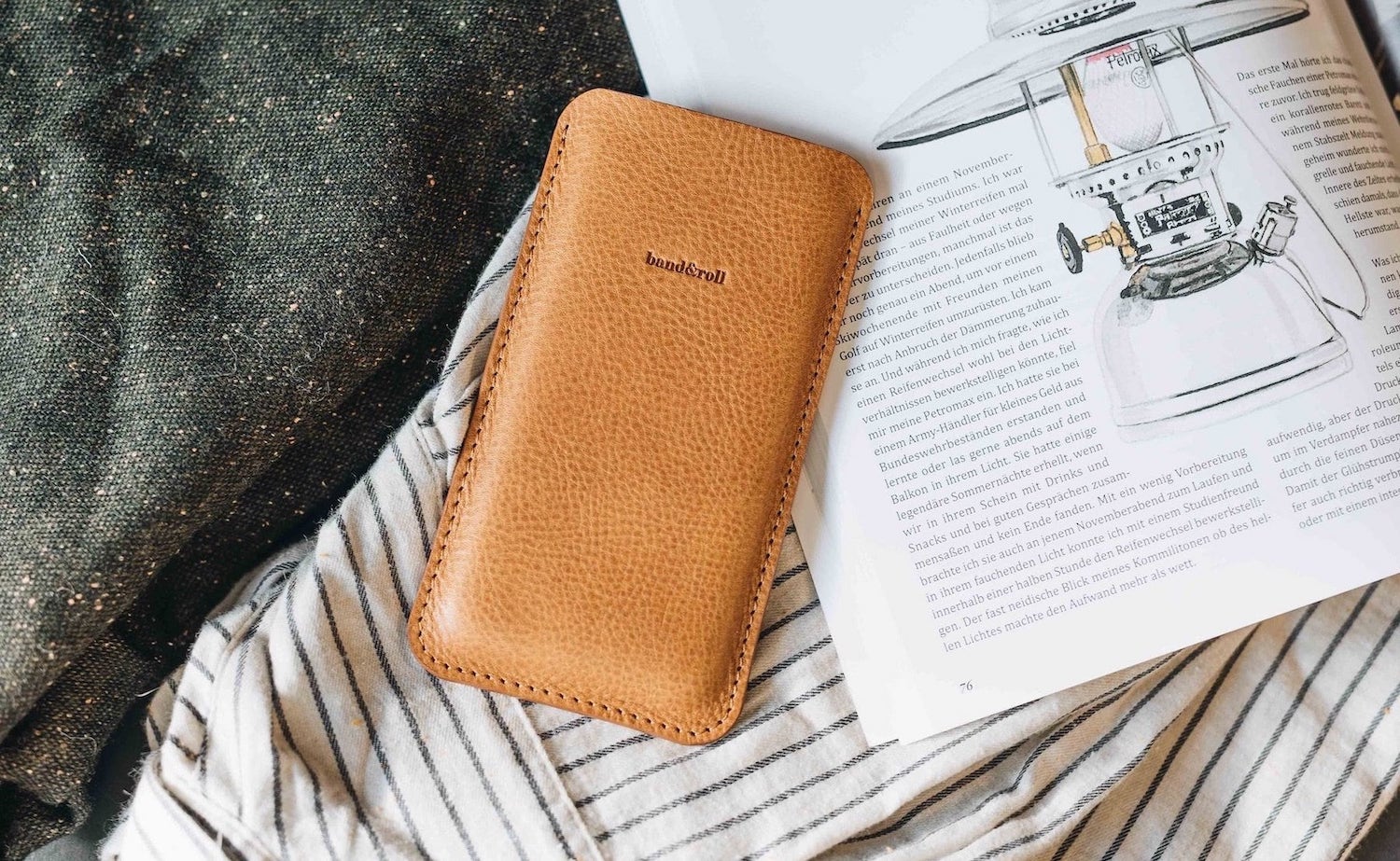
There's nothing like an advert for a spurious technological product in black and white to make you realise just how much progress we've made as a tech society. Whether it's bizarre contraptions for making phone calls or lighting products that barely look safe, it's fair to say that we've all got a heck of a lot more access to reliable tech now.
Still, there's a lot of fun and interest to be found in surveying images of old tech and reminding ourselves of how things used to be. That's where Concept Talk's Instagram feed comes in - it's full of amazing photos from days gone by. We've combed through it to find some amazing photographs for your browsing pleasure.

Future aesthetics
Cars reflect our times more than we sometimes realise - their designs and looks are generally tied to the sort of tech that we as a society are purchasing and hankering for. No wonder, then, that this Ford model looks so funky - it's from the 70s and we just can't get enough of that colourful stripe.

Pimp my ride
Bikes, compared to cars at least, haven't changed nearly so much - after all, the core technology can only come on so far. That said, it's been a while since we saw a lighting option for a bicycle quite like this one, which straps a frankly astonishing number of bulbs to your bike. If people were concerned about being seen when it was dark, this certainly would have solved the problem.

Social isolation
People's imagined versions of the future always make for fascinating comparisons after the fact, and this painting from Italy is a perfect example. Its vision of isolated individuals zipping around in personal vehicles that seal them off from the rest of society is, on the one hand, far-fetched, but also bears at least a passing resemblance to some aspects of how we live now.

Green skies
People also liked to imagine what our cities would look like decades into the future, and these predictions seem, for whatever reason, to often skew towards the optimistic. Hence you get ideas like this one, which posited that the skyscrapers shooting up in cities around the globe would all be topped by gardens to lessen their environmental and visual impact. Sadly, this hasn't really proven true.

Neon demon
Going all the way back to 1930, this neon salesman's case is a great example of how futuristic some real retro technology can be - the way these tubes are powered is so low-fi that most of us would struggle to comprehend it. What's obvious, though, is that it has a gorgeous look and feel to it, sure to be a collector's item nowadays.

Gaming rig
Fast-forwarding rapidly into this century, we love this image, because of how well we know that it was, in its day, the height of sophistication. This is someone's amazing rig to play flight simulators on, even if a modern PC gamer would snort at the idea. Compare those chunky monitors to modern ultra-wide options and you'll see the definition of progress.

Operator, please
This is a photo so farfetched as to look amusing, but this idea of how people might look if fashion changed drastically, while telecommunications technology stayed bafflingly static, makes for an amusing collage of concepts.

Space commander
Similarly, this isn't an actual design or prototype of a spacesuit, as we'd hope would be obvious, but even as an exploration of what suits could one day look like, it's amusing how far off-base it is.

Nap pods
Meanwhile, this concept for a nap pod now looks mighty prescient. It might not be right in design terms, with the bulbous looks no longer in vogue at all, but ever since Google famously added napping stations to its huge campus in Silicon Valley, nap pods have become, if not popular, at least accepted.

Sleek
Setting aside Elon Musk's folly in the form of the Cybertruck, we think it's fair to say that car design has got a heck of a lot less interesting over the last few decades, as this gorgeous model demonstrates. While it might not have been a bestseller, we can't see such a radical design getting made now.

Quite a den
This artist's idea of what an ideal den would look like, meanwhile, has us drooling in envy. If you mentally upgrade its pinball table to a games console, this really isn't that far off what people aspire to nowadays, as much as its aesthetics are wild. Who wouldn't want a pool-room?!

Flowery
By contrast, this simple image of a phone from the 70s is a useful reminder that actual, physical tech from decades gone by can often be underwhelming or even openly a bit ugly. We're not saying that floral prints and patterns are always grim, but we're also not sure we'd want this telephone in our house.

Clash of cultures
We like this image for how dated different elements of it are - in particular, the contrast between the futuristic TV set (for the time) and the dolls sat on the shelves to its right - showcasing how quickly tech marched on in the 20th Century.

Communal listening
We'd like to say that easy headphone splitting has become way easier since this image, but it amusingly hasn't really, at least not if you still want eight kids to listen to the same source of audio. Still, whatever solution exist are probably a damn sight smaller, at least.

Spin the decks
Speaking of record players, this might be the most ostentatious one we've ever seen - a set of decks embedded in what can only be described as a giant marble egg, it's just about one of the ugliest bits of interior decor on record, we think.

Floral again
This phone is a good contrast to the floral print option we featured earlier - it might be using daisies to advertise itself, but the actual design of the telephone is, dare we say it, really nice. It's elegant and timeless, and we'd happily use it now.

Food magic
The cover of this book is a great reminder of how microwaves changed the game when they first became widely available and affordable - speeding up some types of food preparation to the point where young people might genuinely need reminders that the technology isn't just magic.

Videospheres
Spherical televisions are a law unto themselves. We know they don't make sense ergonomically or for viewing angles, yet we can't help ourselves when we say that they just look ace. Would we watch a movie on one now? Of course not. Would we have one as an interesting bit of art? Quite possibly.

Interesting marketing
The audio mixer itself might be front and centre, but that doesn't stop us from thinking that we can't see any modern companies marketing their product with an image of someone enjoying a joint in the background - maybe that's just us!

Loud enough?
This photo from the Mitsubishi archive is a fun look at how big a speaker can get if you're pushing the boundaries of the sensible - we're not sure what it would sound like turned on, but we can imagine the pain of any sort of interference feeding into it.

Razzle-dazzle
What better way to market your hi-fi like Philips has done here, with a ruddy great lightning bolt. Marketing copy? No thanks - just give us a stormy sky and huge pink glints on the speakers to show that this thing is built for rock and roll.

Rolling out
This might just be the coolest vehicle of any type that we've seen in quite some time, but the fact that it was built in the 1930s makes it almost jaw-dropping. We can see the reasons why this didn't spread to become a normal sort of thing to own, but that's still a crying shame.

Why not?
A burger-shaped phone would later be made iconic by the film Juno, but why not have a portable games console in the same shape? This concept piece is hilarious to look at, and you don't the sense that its two buttons and a D-pad would be much fun to play, but it's certainly memorable.

Chunky chic
Our final picture is a final phone, too, and we're honestly torn on it. Is it a great bit of knowingly kitsch design with huge buttons that are unique and fun, or an ugly monstrosity with buttons that should never be replicated anywhere, ever. At the end of the day, we might just have to leave that to you.
from Pocket-lint : Cameras https://ift.tt/3bRGZIQ
 As a 7.1.2 channel speaker, the Sony HT-ST5000 Dolby Atmos Soundbar is a seriously impressive device. In fact, this Sony soundbar produces a three-dimensional sound that will surely immerse you. So you can watch your favorite action flicks right from your couch and feel like you’re on the battlefield. Or perhaps you want to use it to play music from, making you feel like the dance floor is right in your living room. Measuring nearly 47 inches long, this soundbar..
As a 7.1.2 channel speaker, the Sony HT-ST5000 Dolby Atmos Soundbar is a seriously impressive device. In fact, this Sony soundbar produces a three-dimensional sound that will surely immerse you. So you can watch your favorite action flicks right from your couch and feel like you’re on the battlefield. Or perhaps you want to use it to play music from, making you feel like the dance floor is right in your living room. Measuring nearly 47 inches long, this soundbar.. You need cables for pretty much all of your devices, and they can get annoying. But the Satechi USB-C Apple Watch Magnetic Charging Dock is a smartwatch charger without the hassle of a cord. This compact charger plugs directly into a USB-C port, so you don’t have to manage any cords. Once it’s in, you place your Apple Watch on it to magnetically charge. Ok, but if you do happen to need a little extra wiggle room, it also comes..
You need cables for pretty much all of your devices, and they can get annoying. But the Satechi USB-C Apple Watch Magnetic Charging Dock is a smartwatch charger without the hassle of a cord. This compact charger plugs directly into a USB-C port, so you don’t have to manage any cords. Once it’s in, you place your Apple Watch on it to magnetically charge. Ok, but if you do happen to need a little extra wiggle room, it also comes.. Designed by artificial intelligence, the Nuo 3D-Printed Bespoke Face Mask has a tailored fit. That means the Nuo 3D Mask rests not only comfortably against your skin but also snugly. This breathable face mask also has a stylish look, which is important considering how often you’ll be wearing it. Created through a 3D-printing process in New York, this tailored face mask uses replaceable N95 filters. These high-quality filters remove more than 98% of bacteria. Available in black and white options,..
Designed by artificial intelligence, the Nuo 3D-Printed Bespoke Face Mask has a tailored fit. That means the Nuo 3D Mask rests not only comfortably against your skin but also snugly. This breathable face mask also has a stylish look, which is important considering how often you’ll be wearing it. Created through a 3D-printing process in New York, this tailored face mask uses replaceable N95 filters. These high-quality filters remove more than 98% of bacteria. Available in black and white options,.. The Nespresso Creatista Plus Espresso Drink Maker may just be faster than a coffee shop. And it’s more convenient too, as you don’t even have to leave the house. This espresso maker takes only three seconds to heat up, and then you’re free to make any of your favorite drinks. In fact, this fancy espresso maker actually offers eight different texture levels. So you can get that nice and creamy or frothy drink just the way you want it. Plus,..
The Nespresso Creatista Plus Espresso Drink Maker may just be faster than a coffee shop. And it’s more convenient too, as you don’t even have to leave the house. This espresso maker takes only three seconds to heat up, and then you’re free to make any of your favorite drinks. In fact, this fancy espresso maker actually offers eight different texture levels. So you can get that nice and creamy or frothy drink just the way you want it. Plus,.. Carry your weekend essentials in style with the Kodiak Leather 30L Weekender Leather Duffel Bag. Made from vegetable-tanned top-grain leather, this pack comes with features to make your short trip more enjoyable. Providing two exterior pockets, the 30L Weekender Duffel makes it easy to access your smaller items at any time. In addition, the bag offers multiple carrying options. You can either use the sturdy handles or the shoulder strap. Complete with premium brass hardware, the bag is made to..
Carry your weekend essentials in style with the Kodiak Leather 30L Weekender Leather Duffel Bag. Made from vegetable-tanned top-grain leather, this pack comes with features to make your short trip more enjoyable. Providing two exterior pockets, the 30L Weekender Duffel makes it easy to access your smaller items at any time. In addition, the bag offers multiple carrying options. You can either use the sturdy handles or the shoulder strap. Complete with premium brass hardware, the bag is made to.. Designed with Spatial Surround Elevation technology, the Nakamichi Shockwafe Ultra 9.2 SSE DTS:X & Dolby Atmos Soundbar changes the game. In fact, it delivers 360-degree multidimensional sound that feels super lifelike. This Shockwafe soundbar manages to create immersive audio thanks to all its speakers. These include dual 10-inch wireless subwoofers, four Quad U Flex modular rear 3S speakers, and front effects tweeters. These front tweeters produce surround effects, and there are 18 speaker drivers altogether. It can reach a maximum..
Designed with Spatial Surround Elevation technology, the Nakamichi Shockwafe Ultra 9.2 SSE DTS:X & Dolby Atmos Soundbar changes the game. In fact, it delivers 360-degree multidimensional sound that feels super lifelike. This Shockwafe soundbar manages to create immersive audio thanks to all its speakers. These include dual 10-inch wireless subwoofers, four Quad U Flex modular rear 3S speakers, and front effects tweeters. These front tweeters produce surround effects, and there are 18 speaker drivers altogether. It can reach a maximum.. Designed with an incredible 46 speakers, the Yamaha YSP-5600 Digital Sound Projector works with Dolby Atmos. Moreover, this speaker works with MusicCast streaming, letting you add audio in up to nine more rooms. That feature gives you access to Pandora, Napster, Spotify, TIDAL, and more. Offering 7.1.2 channel multidimensional sound, this Yamaha projector connects over Wi-Fi, Bluetooth, AirPlay, and Spotify Connect. And that’s not to mention the fact that it has HDMI inputs with 4K Ultra HD pass-through as well..
Designed with an incredible 46 speakers, the Yamaha YSP-5600 Digital Sound Projector works with Dolby Atmos. Moreover, this speaker works with MusicCast streaming, letting you add audio in up to nine more rooms. That feature gives you access to Pandora, Napster, Spotify, TIDAL, and more. Offering 7.1.2 channel multidimensional sound, this Yamaha projector connects over Wi-Fi, Bluetooth, AirPlay, and Spotify Connect. And that’s not to mention the fact that it has HDMI inputs with 4K Ultra HD pass-through as well..
























 Protect every angle of your smartphone with the band&roll Dandy Leather Phone Sleeve. Your phone fits inside the Dandy, unlike simple snap-on cases that leave much of your phone vulnerable to the world. This case fits a variety of iPhones as well as Samsung Galaxy, Google Pixel, and Huawei P30 phones. If you have a different smartphone, band&roll will likely be able to design a case that fits it at no extra cost. Handmade entirely of leather, this smartphone sleeve..
Protect every angle of your smartphone with the band&roll Dandy Leather Phone Sleeve. Your phone fits inside the Dandy, unlike simple snap-on cases that leave much of your phone vulnerable to the world. This case fits a variety of iPhones as well as Samsung Galaxy, Google Pixel, and Huawei P30 phones. If you have a different smartphone, band&roll will likely be able to design a case that fits it at no extra cost. Handmade entirely of leather, this smartphone sleeve.. If you’re a frequent traveler, you know how important a great suitcase is. The Away Daily Carry-On Compact Suitcase can be that bag for you. This travel suitcase has a front pocket that makes it ideal for holding your essentials. This isn’t the suitcase for your summer jaunt across Europe. This carry-on bag is specifically designed for quick trips where you’ll be away for a weekend or a few days. And if you need to take your laptop on a..
If you’re a frequent traveler, you know how important a great suitcase is. The Away Daily Carry-On Compact Suitcase can be that bag for you. This travel suitcase has a front pocket that makes it ideal for holding your essentials. This isn’t the suitcase for your summer jaunt across Europe. This carry-on bag is specifically designed for quick trips where you’ll be away for a weekend or a few days. And if you need to take your laptop on a..


 You love to get out and ride. But sometimes the weather or your location isn’t cooperative. In those instances, the Garmin Tacx NEO 2T Smart Trainer ensures you get a great indoor workout. As a nearly silent and very realistic bicycle trainer, it will fully immerse you as you cycle. So you can push it as hard as you want up those hills without bothering anyone else at home. Additionally, this bike trainer provides all the measurements you need, from..
You love to get out and ride. But sometimes the weather or your location isn’t cooperative. In those instances, the Garmin Tacx NEO 2T Smart Trainer ensures you get a great indoor workout. As a nearly silent and very realistic bicycle trainer, it will fully immerse you as you cycle. So you can push it as hard as you want up those hills without bothering anyone else at home. Additionally, this bike trainer provides all the measurements you need, from.. Thanks to their advanced active noise cancellation, the Razer Opus Wireless THX-Certified Headphones keep you focused. In fact, these wireless headphones deliver high-fidelity sound in the purest way, so you’re never distracted. What’s more, the ANC technology actually detects potential incoming noise to block it out. Designed with two 40-millimeter dynamic drivers, these Razer headphones produced rich and balanced sound. They’re ideal for all your gaming needs, but they’ll also work great for phone calls and listening to music. Additionally,..
Thanks to their advanced active noise cancellation, the Razer Opus Wireless THX-Certified Headphones keep you focused. In fact, these wireless headphones deliver high-fidelity sound in the purest way, so you’re never distracted. What’s more, the ANC technology actually detects potential incoming noise to block it out. Designed with two 40-millimeter dynamic drivers, these Razer headphones produced rich and balanced sound. They’re ideal for all your gaming needs, but they’ll also work great for phone calls and listening to music. Additionally,..